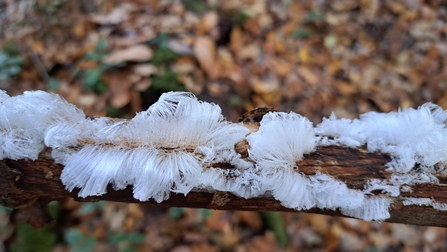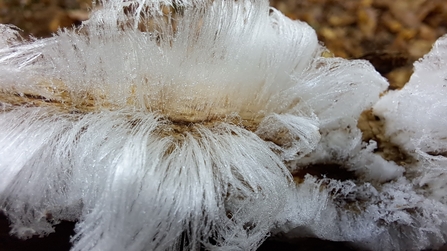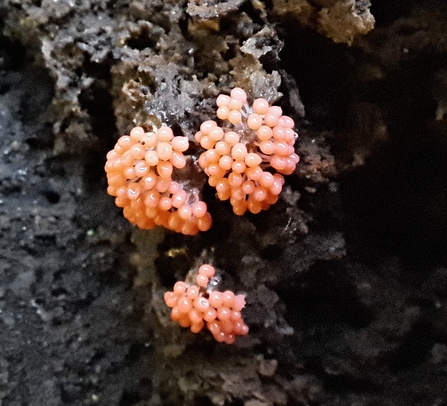In early December, the insects and plants that entertain my curiosity through the year appear to have all but disappeared. Even the flush of autumn fungi is now succumbing to the first proper frosts of winter. As the wild world outside starts winding down for the long winter ahead, I am generally spending more time indoors. Some of this time is spent sitting at a computer entering records of what I have seen throughout the year; hopefully enabling researchers to get a better understanding of how the changing climate patterns are impacting the biodiversity and abundance of our native wildlife.
Winter does, of course, normally bring some exciting avian visitors to our countryside and I have been delighted to see exceptional numbers of winter thrushes visiting our garden to gorge on the super abundance of berries. I can’t remember ever having seen so many hawthorn and holly berries as there are at the moment. The weather this year has been unusual to say the least, and it seems, to my casual observance, to have significantly impacted the timing of appearance and abundance of many species and also encouraged some things that I have not seen before to unexpectedly appear.




